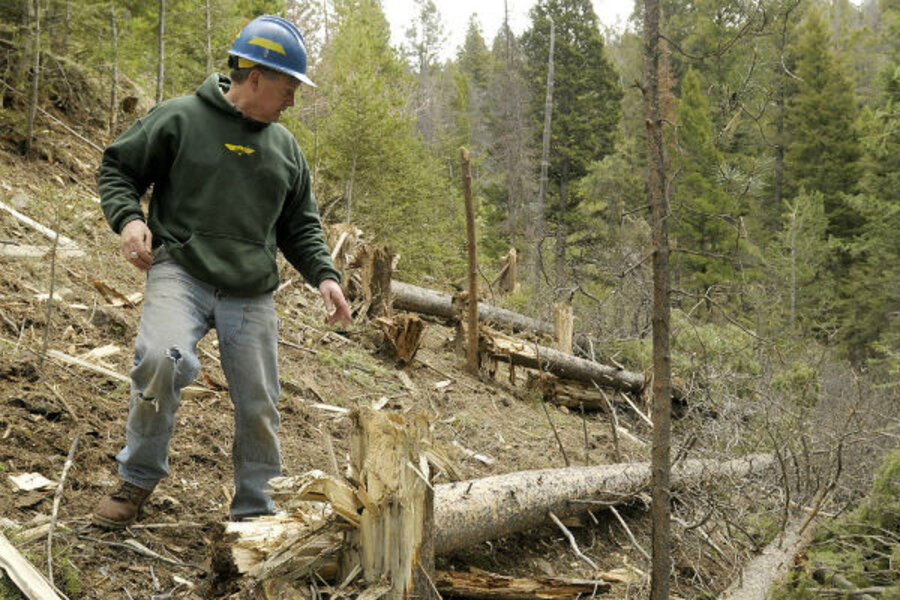It’s the second-most populous county in the state, but since the state is Montana the resident base isn’t huge: some 109,000 inhabitants scattered across nearly 2,600 square miles of mountainous terrain. With the University of Montana and several hospitals as major employers, the Missoula metro which encompasses the entirety of Missoula County, was largely insulated from the early stages of the recession. But recovery has lagged.
With a slightly lower unemployment rate than the statewide average in April 2011, Missoula and all of Montana are now on par with a 6.3 percent unemployment rate. With a large portion of the workforce either self-employed or involved in small business ventures, the unemployment rate may not give a full picture of what’s happening in the local economy. Still, Missoula has lost 1,600 jobs in the past year, a 2.9 percent decline in its employment base. The oil boom in eastern Montana is overshadowing the struggling economy in the state’s more western counties. The good news is that with summer approaching, unemployment offices across the state are reporting a surge in broad-ranging, available jobs, as Missoula Job Service Supervisor Saundra Long told NBC .








